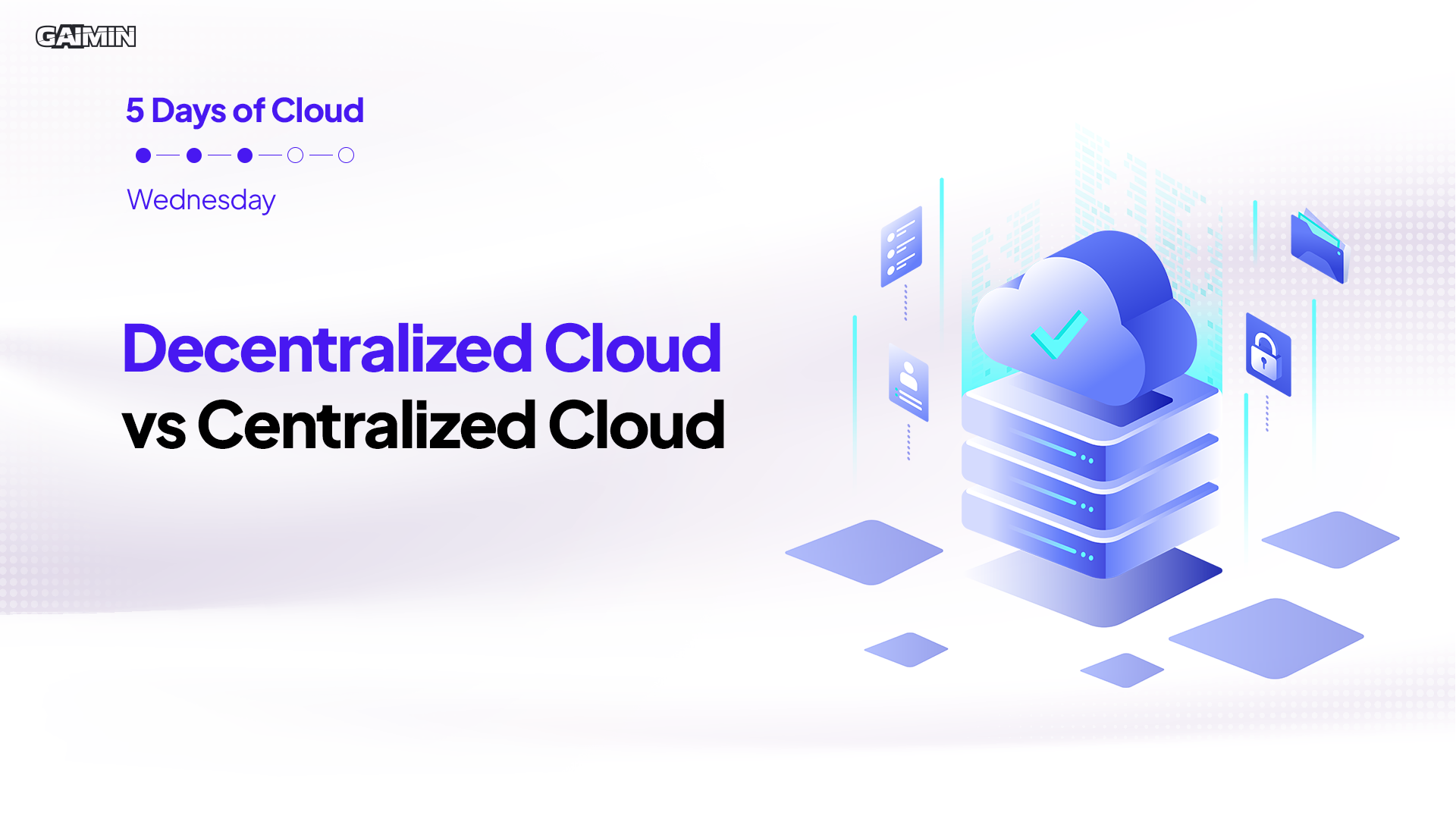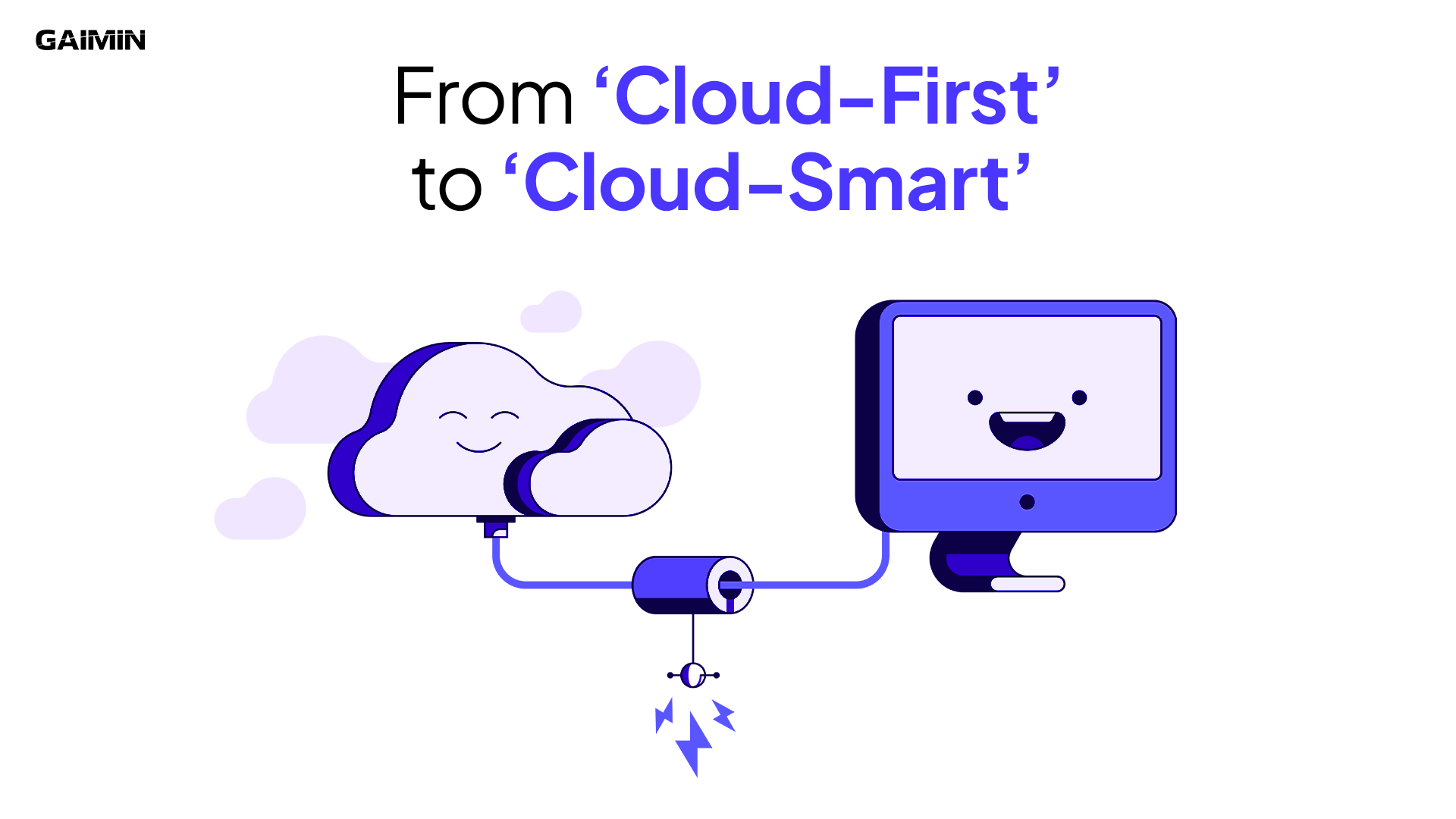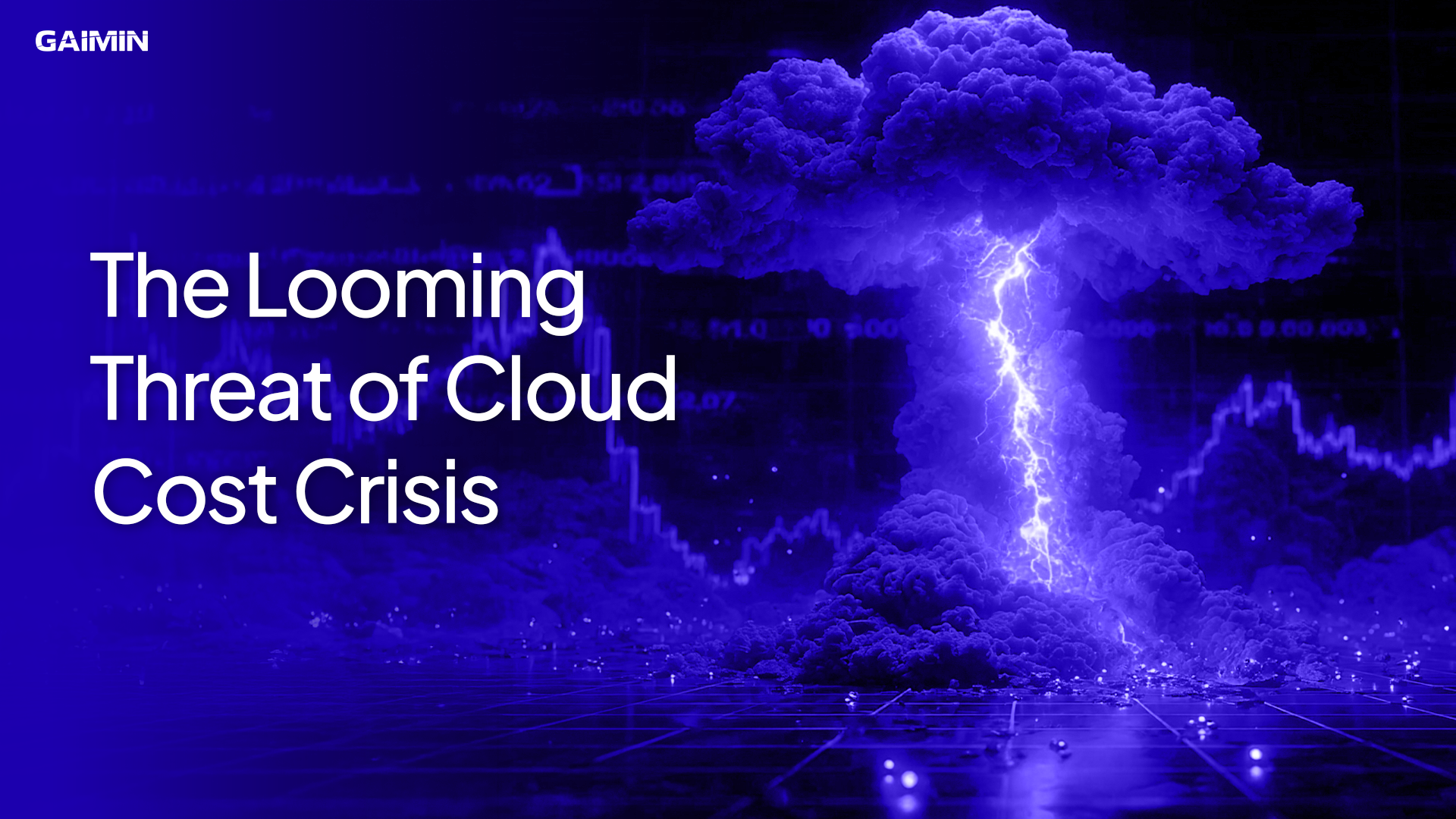Article 3 of 5 in the “5 Days of Cloud with GAIMIN” Series: A Head-to-Head Showdown for the Future of Infrastructure
Centralized cloud pioneers like AWS, Azure, and Google Cloud helped drive massive adoption of Cloud technology. But in 2025, the cracks are showing; it seems they could use some help to meet the increasing demand.
From billion-dollar AI workloads to massive game and media downloads, the world’s demand for cloud computing is showing no signs of slowing down, and the old guard can’t keep up without passing an enormous cost (and further limited control) over users.
Meanwhile, a new model is rising fast! Decentralized Cloud, or DeCloud, which we introduced in Article 2 of this series, is a peer-powered, open protocol and more incentivized model of Cloud infrastructure.
So… which one’s better?
We will let you be the judge of that. For now, let’s factually compare them head-to-head, using stats and real-world cases.
1. Infrastructure Ownership
Centralized Cloud
- Infrastructure is owned and operated by a few corporations (e.g., AWS alone owns over 30% of the global legacy cloud market)
- Locked facilities and private APIs
- Due to big tech owning a huge chunk of the infrastructure, there’s limited transparency over the physical setup or access
Decentralized Cloud (DeCloud)
- Infrastructure is crowdsourced from users globally
- Permissionless access, more open-source protocols
- Peer-powered, open for anyone to participate
Verdict: Centralized = control by a few. DeCloud = infrastructure by the people, for the people.
2. Cost
Centralized Cloud
- AI compute costs can be marked up 10–50x
- High egress/data transfer fees, sometimes 50–85% of the total bill
- Hidden costs as you scale, especially with storage/CDN
Decentralized Cloud (DeCloud)
- Computing supply sourced from idle existing resources dramatically reduces unit cost
- Peer-to-peer delivery reduces bandwidth and middleman fees
- Transparent, market-driven pricing in most DePIN models
Verdict: Centralized cloud makes startups pay more as they grow. DeCloud scales with you.
3. Upgrade Speed & Innovation
Centralized Cloud
- Data centers take on average 1–3 years to build (and upgrade in some cases)
- Providers choose when and how to upgrade hardware
- Innovation bottlenecked by internal roadmaps
Decentralized Cloud (DeCloud)
- Users continuously upgrade their PCs themselves; DeCloud self-upgrades in real-time
- The community naturally evolves the infrastructure over time
- Innovation spreads across the nodes and grows with market need
Verdict: Centralized cloud infrastructure can be slower to upgrade. DeCloud upgrades every time a PC user upgrades their PC.
4. Security & Resilience
Centralized Cloud
- Centralization means there are bound to be central points of failure. Just in 2025 so far, there have already been several cloud outages.
- Trust-based access and data control
- Corporate-driven redundancy
Decentralized Cloud (DeCloud)
- No single point of failure due to nodes distributed globally
- Can incorporate cryptographic verification & content addressing
- Peer-to-peer redundancy, more fault-tolerant by nature
Verdict: DeCloud is trustless, resilient, and verifiable by design. Centralized cloud depends on hoping it doesn’t break.
5. Environmental Impact
Centralized Cloud
- Data centers alone consume 1% — 3% of global electricity
- E-waste from server decommissioning
- Big data centers require massive, constant cooling and energy-intensive maintenance
Decentralized Cloud (DeCloud)
- Make use of already-existing idle hardware
- Devices can be repurposed and recycled for the network
- No need for facilities, energy used already exists in individual homes
Verdict: DeCloud is greener, leaner, and doesn’t need to build more to serve more.
6. Real Use Cases
Centralized Cloud
- Great for legacy enterprise apps, SaaS, and enterprise storage
- Requires special teams for DevOps, setup, and vendor negotiation
- Pay-as-you-grow billing model
Decentralized Cloud (DeCloud)
- Ideal for everyone, both Web2 and Web3 institutions
- Accessible to smaller teams, open ecosystems, and permissionless deployment
- Earn-as-you-contribute incentive model (e.g., the GAIMIN Launcher for network contributors and the GME Pro for enterprise clients looking to provide compute as well)
Verdict: Centralized cloud is best for tradition. DeCloud is built for present needs and future innovations.
Final Verdict: Why DeCloud Will Win Long Term
Centralized Cloud was perfect for Web 2 systems. But the era of the inclusive and open internet is already here.
In new sectors like Web3, AI, gaming, and global-scale digital economies, DeCloud is simply the smarter fit for these industries. And many more are following suit.
It’s not idealism. It’s currently functioning. It’s just better architecture with better economics, and better alignment with the future of the internet.
Ready to try DeCloud today? Try GAIMIN Cloud.
GAIMIN Cloud is already delivering decentralized compute and file-sharing solutions from everyday devices across the globe. The best part? You can use it today.
In Article 4, we take a deeper look at how various industries can benefit from DeCloud.



.png)
